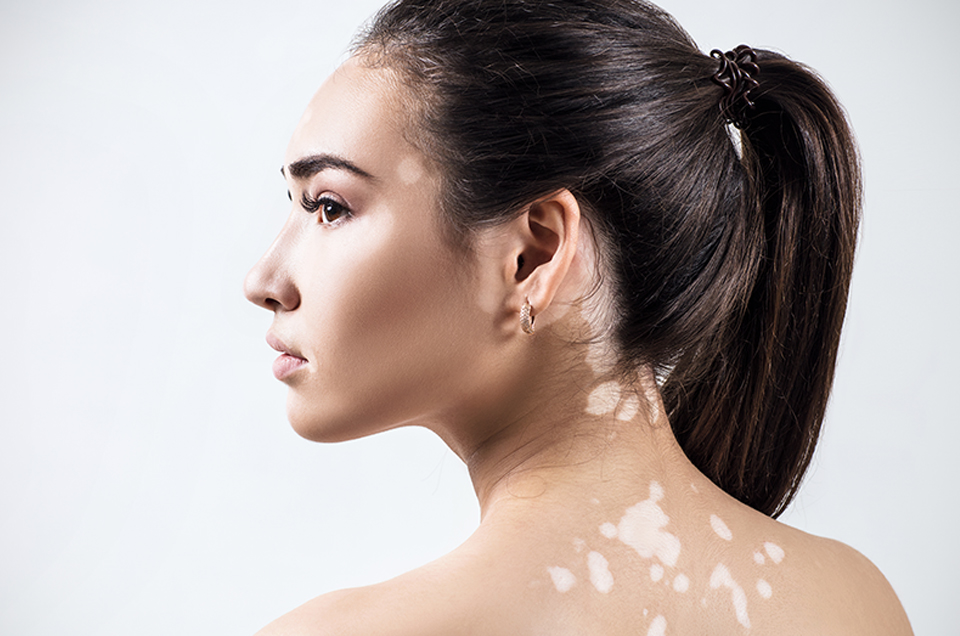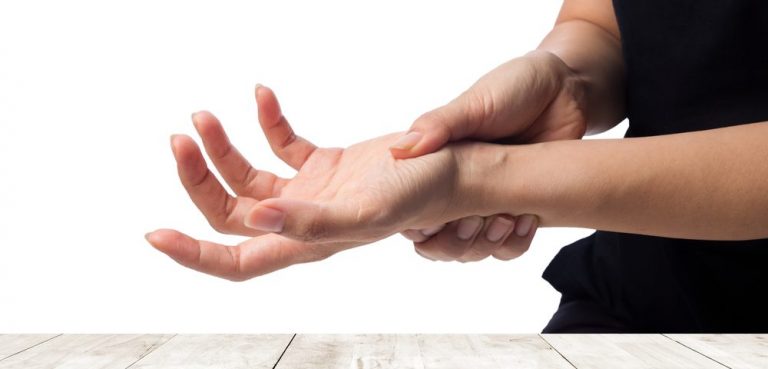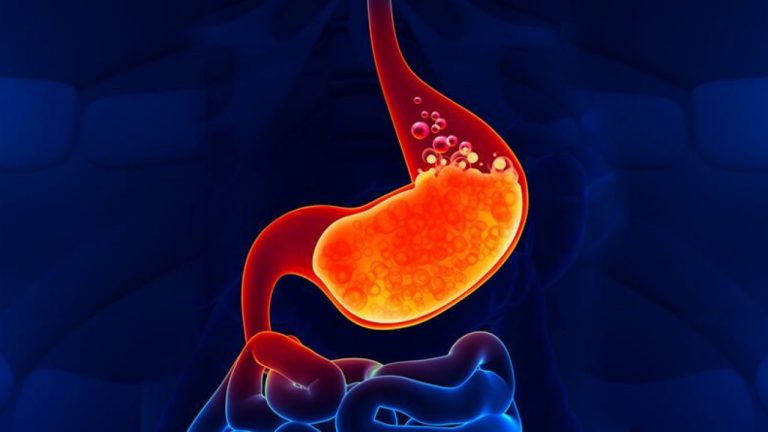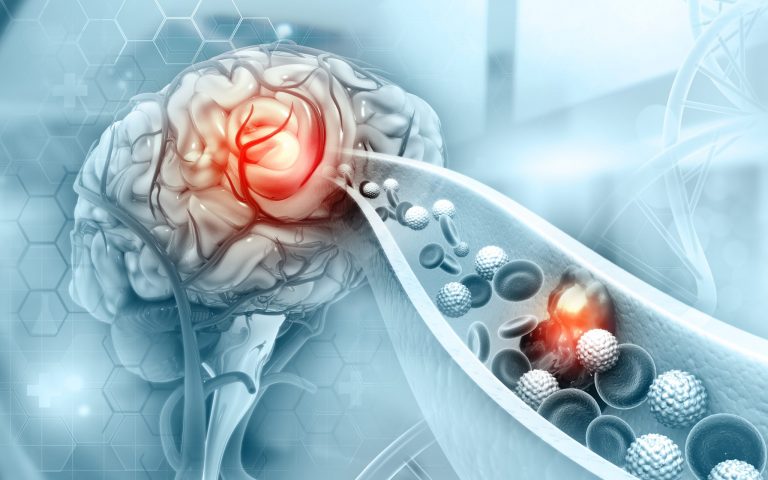Vitiligo, a chronic skin condition characterized by the loss of pigment-producing cells, affects millions of people worldwide. While modern medicine offers various treatment options, Ayurveda, the ancient Indian system of medicine, provides holistic approaches to managing vitiligo. Ayurvedic detoxification techniques play a crucial role in addressing the root causes of this condition and promoting overall well-being.
Understanding Vitiligo
Vitiligo is a skin disorder characterized by the appearance of white patches on the skin due to the loss of melanocytes, the cells responsible for producing melanin. The exact cause of vitiligo is not fully understood, but it is believed to be an autoimmune condition in which the immune system mistakenly attacks and destroys melanocytes. This results in depigmentation, causing emotional distress and a negative impact on the quality of life for those affected.
Ayurvedic Understanding of Vitiligo
According to Ayurveda, vitiligo is primarily caused by an imbalance in the body’s doshas, namely Vata, Pitta, and Kapha. When these doshas are imbalanced, it leads to the accumulation of toxins in the body. These toxins, known as “ama” in Ayurveda, interfere with the proper functioning of melanocytes and disrupt the production of melanin. Ayurveda considers vitiligo as a manifestation of an internal imbalance and aims to restore harmony to the body as a whole.
Ayurvedic Detoxification: An Overview
In Ayurveda, detoxification is a vital aspect of maintaining health and promoting overall well-being. Known as ‘Panchakarma,’ Ayurvedic detoxification techniques are designed to eliminate toxins from the body and restore balance to the doshas (Vata, Pitta, and Kapha). Detoxification is believed to enhance the body’s natural healing mechanisms, improve digestion, and strengthen the immune system. By clearing the body of accumulated toxins, the Vitiligo Treatment in Ayurvedic techniques aims to address the root causes of this issue.
Ayurvedic Detoxification Techniques for Vitiligo Management
Ayurveda offers specific detoxification techniques that are recommended for managing vitiligo. These techniques target the underlying imbalances and toxins in the body that contribute to the development of vitiligo. Let’s explore some of these Ayurvedic detoxification techniques:
- Virechana (Therapeutic Purgation):
Virechana involves the use of herbal purgatives to cleanse the intestines and eliminate excess Pitta and toxins from the body. By purifying the blood and reducing inflammation, Virechana helps in managing vitiligo and promoting healthy skin.
- Vamana (Therapeutic Emesis):
Vamana is a process of induced vomiting that helps eliminate excess Kapha and toxins from the upper gastrointestinal tract. It aids in balancing the doshas, improving digestion, and supporting skin health, which is crucial for vitiligo management.
- Basti (Medicated Enema):
Basti therapy involves the administration of herbal decoctions and oils through the rectum. It helps remove accumulated toxins from the colon and balances the Vata dosha. Basti therapy supports the overall digestive and immune functions, which play a significant role in managing vitiligo.
- Nasya (Nasal Administration):
Nasya involves the application of herbal oils or powders into the nasal passages. This technique helps clear the nasal passages, eliminate toxins, and restore balance to the doshas. Nasya also enhances oxygenation, which is beneficial for skin health and vitiligo management.
- Rakta Moksha (Bloodletting):
Rakta Moksha is a specialized technique that involves the removal of small amounts of blood to eliminate toxins and impurities from the bloodstream. This technique aims to purify the blood and improve circulation, which can have a positive impact on vitiligo management.
These Ayurvedic detoxification techniques work by removing toxins, balancing the doshas, and improving the overall functioning of the body. By addressing the underlying imbalances and toxins that contribute to vitiligo, these techniques aim to restore harmony and promote healthy skin.
Complementary Ayurvedic Practices
In addition to the detoxification techniques mentioned earlier, Ayurveda emphasizes the importance of incorporating supportive practices into the management of vitiligo. These practices include diet, yoga, and meditation, which work synergistically with detoxification techniques to promote overall well-being.
Diet plays a crucial role in Ayurveda, as it recognizes the impact of food on our physical and mental health. In the case of vitiligo, incorporating a balanced and nourishing diet can support the detoxification process and help in managing the condition. Ayurveda recommends consuming fresh, organic, and nutrient-rich foods while avoiding processed and fried foods, as they can aggravate imbalances in the body.
Yoga and meditation are integral components of Ayurveda, known for their profound impact on overall health. Yoga asanas (postures) and pranayama (breathing exercises) help improve circulation, reduce stress, and promote skin health. Meditation aids in calming the mind, reducing anxiety, and supporting the body’s natural healing processes.
Ayurvedic Detoxification and Lifestyle Modifications
To integrate Ayurvedic detoxification techniques into your daily routine, it is essential to adopt certain lifestyle modifications. These modifications include:
- Dietary Changes:
Follow a well-balanced diet that focuses on fresh fruits, vegetables, whole grains, lean proteins, and healthy fats. Include herbs and spices known for their detoxifying properties, such as turmeric, ginger, and neem.
- Sleep Patterns:
Establish a regular sleep routine to ensure adequate rest and rejuvenation. Aim for 7-8 hours of quality sleep each night to support the body’s healing processes.
- Stress Management:
Chronic stress can impact the immune system and worsen conditions like vitiligo. Engage in stress-reducing activities such as meditation, deep breathing exercises, and mindfulness practices to promote relaxation and emotional well-being.
- Physical Activity:
Engage in regular physical activity to support circulation, stimulate the lymphatic system, and promote overall vitality. Choose activities that you enjoy, whether it’s walking, yoga, swimming, or dancing.
Conclusion
Ayurvedic detoxification techniques offer holistic approaches to managing vitiligo by addressing the root causes of the condition. By incorporating practices such as Virechana, Vamana, Basti, and Nasya, along with supportive practices like a balanced diet, yoga, and meditation, individuals can experience comprehensive benefits in their vitiligo management journey.





